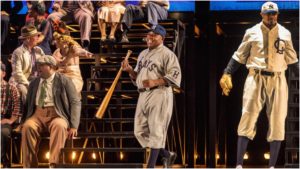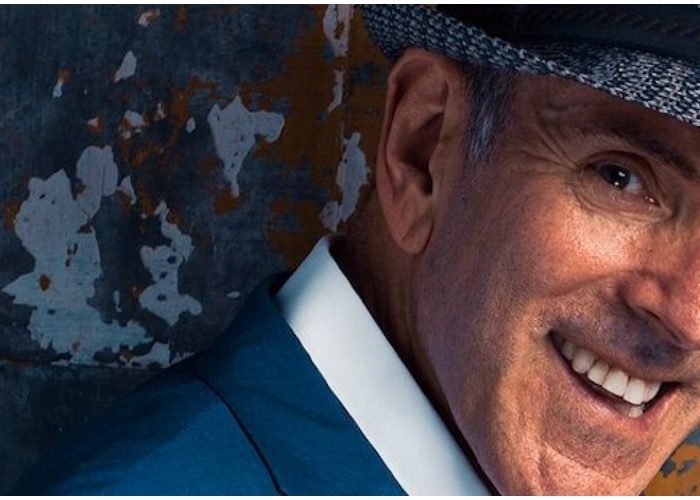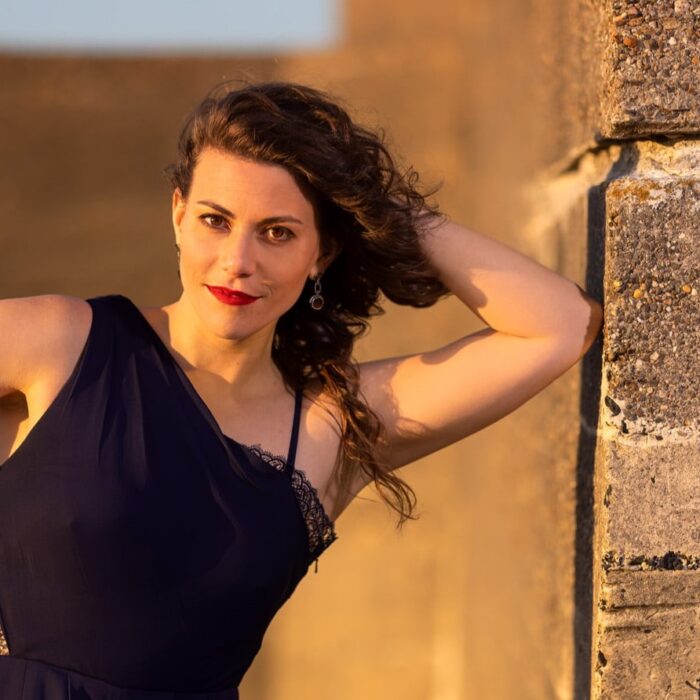
Q & A: Pittsburgh Opera’s General Director Christopher Hahn On Company’s 80th Anniversary
By Greg WaxbergIt all began with five ladies who belonged to Pittsburgh’s Tuesday Musical Club: pianist Virginia C. Byerly; contralto Carolyn Hunt Mahaffey; Priscilla W. Collins; Ruby N. Wickersham; and Marie M. Pease.
In 1939, 80 years ago this season, these Founding Five established The Pittsburgh Opera Society, which would become the seventh-oldest opera company in the United States.
The first production, in March 1940 in Carnegie Music Hall, was “The Tales of Hoffmann,” with Mahaffey as Nicklausse. Byerly hosted rehearsals in her game room; Collins handled publicity; Wickersham designed and helped sew the costumes; Pease was treasurer. Stage furniture was borrowed from the ladies’ homes. Local newspapers helped promote the performance.
Now, in honor of the 80th anniversary of Pittsburgh Opera’s founding, Christopher Hahn, General Director since 2008 and Artistic Director from 2000, speaks about the company’s past, present, and future. Ironically, the conversation took place about one week after the death of his predecessor, Tito Capobianco, Pittsburgh Opera’s General Director from 1983-1997 and Artistic Director from 1997-2000.
OperaWire: You have been with Pittsburgh Opera for 18 years. What was your initial impression of the company when you took over as Artistic Director from Tito Capobianco?
Christopher Hahn: He had done fantastic work in the 1980s and 1990s with putting the company on the map, establishing its orchestra, founding a Resident Artist Program, and introducing supertitles. When I came along in 2000, I looked back at what the company had achieved up to that point, and it was clear that we needed to vastly expand the repertoire.
OW: What was missing?
CH: The company had almost no history of doing contemporary work, works in English, or Baroque work, and the productions were mostly big because the company operated out of the Benedum Center, a 2,800-seat theater.
OW: To what do you attribute that lack?
CH: A lot of it had to do with the times. Baroque opera was not fashionable or known in this country. We were behind the European movement and interest in early opera by quite a few decades. Baroque opera also doesn’t work in big theaters. As far as contemporary pieces, that also was the fashion and time. It wasn’t immediately accessible. It’s understandable that these offerings weren’t very welcome or popular.
OW: How did you tackle the challenge?
CH: I started to look for alternative venues in which to present a different range of repertoire. Our first English production was “Street Scene” in a smaller venue, which was popular. I also built up the Resident Artist Program, making their production a fully professional one with the Pittsburgh Opera Orchestra, offering new productions in a mix of Baroque and contemporary pieces, in a 400-seat theater. Then, a few years ago, I added the Second Stage Project in a 200-seat theater, for contemporary work.
With that mix and range of repertoire, I really tried to entice a wider range of audiences. That kind of exploration is tough, and I respect the audience’s diversity of tastes. The traditional audience has always been served with something popular, and I’ve tried to vary that with rarer works.
I believe we are the only opera company in the U.S. that mounts two productions annually for its Resident Artist Program and fully integrates them into the regular season. The Resident Artist Program contributing so enormously to the repertoire expansion has been key to the range of offerings. I’m very opposed to young singers learning out of the limelight . . . the best possible training for a singer is to put them on stage.
OW: How has Pittsburgh Opera kept opera relevant to audiences over the years?
CH: By offering a range of repertoire, because audiences will react differently to different works. It’s ironic that a lot of new audiences want to hear the classics as they think they are “meant to be heard,” in traditional productions set in the time period as written, which means there’s an endlessly available audience for them. After that exposure, you never know—people go in every direction. You have to get people to understand that opera is Puccini and 25 other things. Also, a lot of contemporary opera is theme oriented, a great way to draw people in.
OW: Please describe Music Director Antony Walker’s impact on the company.
CH: Antony is a truly fantastic Music Director because of his background: boy soprano; trained as a singer; sang in choirs and as a soloist; chorus master; instrumentalist; conductor. He has founded ensembles for early music and choral music. He is a singer’s conductor—he knows the breathing. Readers may recall the news in 2008 that, during our “Aida,” he filled in for an ailing tenor in the final act by singing Radamès while continuing to conduct. He’s such a colleague: whatever his own aesthetic about a piece, he buys into the planning and becomes an advocate.
OW: How has the business side of opera changed?
CH: Fundraising—philanthropy—used to be when the Board president wrote a check to cover the deficit. When I started in the business, the company hired a part-time person for “Development”—a new word and kind of a silly concept because it seemed like a waste of an office. Why wouldn’t the company just ask the Board president for the money?
That world has radically changed since then. Now, the philanthropy side is enormously important. You’re largely relying on individuals, which, of course, is as it should be because they’re your audience. The time and effort needed for this effort are radically different. Marketing has changed and become more expensive, encompassing print, radio, and TV, plus social media, because one of those things alone will never work.
OW: How do you think the community perceives the business aspect?
CH: People seldom realize an opera company’s enormous economic impact on the local community. They forget that you’re employing an army of people. By supporting an opera company, you’re supporting a mini-city within a city.
Pittsburgh is extremely well-known for sports, and people naturally assume that the sporting teams’ economic impact on this region is the greatest. It’s a little-known fact that the economic impact of arts and culture far exceeds that of sports—completely counter-intuitive when you consider that the cost of sports tickets is way higher than opera tickets, and sports audiences are enormous. Actually, it’s an arts town with sports as an add-on, which goes against the national image of Pittsburgh.
OW: Was the 2018-19 season’s repertoire chosen with the 80th anniversary in mind?
CH: Yes and no. We needed big, popular repertoire to contrast the offerings of our previous seasons, which is why, quite unusually, we are doing “Bohème” and “Butterfly” in the same season—it works out well because we’re proud of our heritage.
Then, I consciously mixed in “Hansel and Gretel” for families, “Don Pasquale” as a vehicle for Lisette Oropesa and to introduce some comedy, a reimagined “Idomeneo,” and “Glory Denied,” about America’s longest-held prisoner of war in Vietnam. It is an example of the range I’m always seeking for each season.
OW: Would you like to share plans for future seasons?
CH: We are on a trajectory to continue to introduce new works, including at least two world premiere projects over the next five years. We’ll also be announcing a five-year, $50 million campaign to support this big push. That, for me, is a measure of the distance this company has come. When I came here, we would not have been able to produce new work and give it its due.
Thanks to Pittsburgh Opera for providing information about the company’s beginnings.


